10 Planet Venus Facts [Infographic]
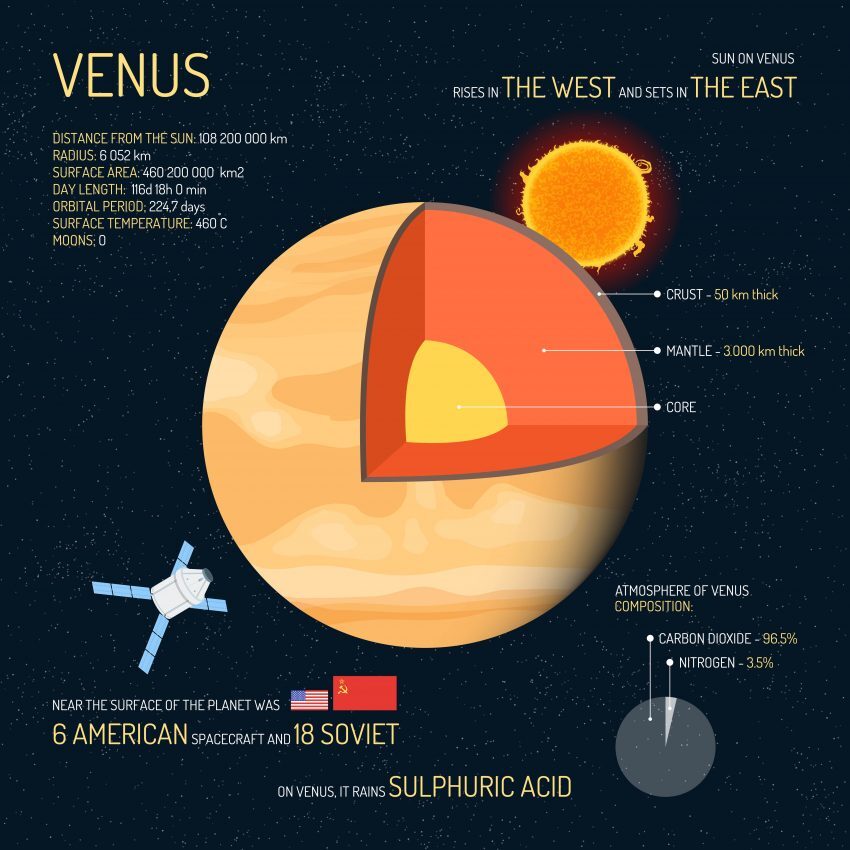
10 Planet Venus Facts
Venus is named after the Roman goddess of love and beauty because long ago, astronomers believed it shined brighter than any other planet.
Even nowadays, astronomers call Venus “Earth’s twin” because of their similarities in size, and gravity are made of similar material on the surface.
Despite all the positives, we have little desire to visit Venus. First, it’s scorching hot. Second, atmospheric pressure is intense. Lastly, it rains sulfuric acid.
Not an ideal spot for your honeymoon. From 10 down to 1, let’s count down the top 10 facts about the planet Venus.
1. It rains sulfuric acid

Venus clouds have droplets of sulfuric acid, so for the most part, we can’t see the surface due to the thickness of the cloud. But spacecrafts like Pioneer, Venera, and Magellan use radar mapping to see it.
The United States and Russia have explored the harsh and hellish conditions of Venus the most. This includes flybys, orbits and landings on the Venusian planet.
No humans have ever landed on Venus. Not only would we be squashed due to the immense pressure, but its atmospheric gas would suffocate us making it inhospitable for humans.
2. It’s close to Earth in size and gravity
In terms of size, Venus is like a twin of the Earth. Its radius is 6025 km which is about 95% of Earth’s radius. If you look at volume, Venus is about 86% of Earth’s volume.
Gravity on Venus is about 90% of Earth’s force of gravity. That means that you’d weigh 10% less. Because it has a large gravity like Earth, it also has an atmosphere like Earth.
Actually, all the terrestrial planets are small and dense. For example, planet Mercury, Venus, Earth, and Mars are essentially made of the same stuff.
3. Venus is mostly carbon dioxide in its atmosphere
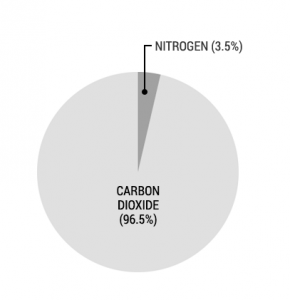
One of the biggest differences between Earth and Venus lies in their atmospheric compositions. Because there’s volcanism, we know there’s carbon dioxide on Venus.
While Earth’s atmosphere contains only 0.04% carbon dioxide, Venus’s atmosphere is filled with 96.5% carbon dioxide.
As we can observe on Earth, carbon dioxide warms the atmosphere and accelerates the greenhouse effect. So, this is definitely the case on Venus.
4. It’s the hottest planet because of the greenhouse effect
Venus receives nearly twice as much sunlight as Earth because it’s much closer to the sun. But it’s because 96.5% of Venus’ atmosphere is carbon dioxide, the greenhouse effect is in full effect on Venus
Like Earth, sunlight heats the surface. But the heat is contained because the clouds and carbon dioxide prevent it from escaping.
And with pressure at the surface of Venus is 90 times the pressure of Earth’s atmosphere. This is because it has more mass in its atmosphere than Earth.
5. Venus has an iron core but no magnetic field
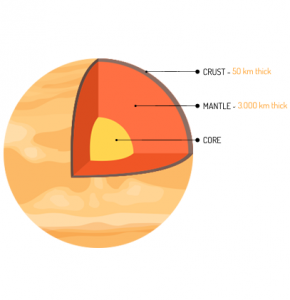
Venus has an iron core and probably even liquid iron outer core. But Venus does not have a magnetic field.
You need a magnetic dynamo to generate a magnetic field.
As you go down into the core, the outside part of it is actually liquid flowing much like water.
But any liquid part of its core isn’t rotating fast enough to generate a measurable geodynamo and global magnetic field.
6. It’s named after a Roman Goddess
Because of its glowing appearance (surface temperature of 460°C), the Romans named Venus after the Roman Goddess of Love.
It’s actually the only planet in our solar system named after a female
Even Venusian craters, mountains, and volcanoes are named after past female figures including Cleopatra, Mona Lisa, and Curie.
7. Venus hardly rotates at all
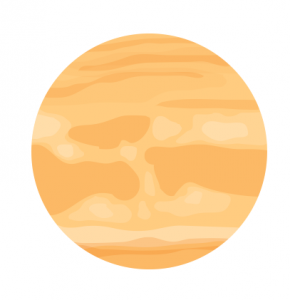
Most planets rotate in the same direction. But Venus doesn’t. It hardly rotates at all. For example, a day length is 116d 18h 0min.
If you lived on Venus, the sun would rise in the west, and set in the East. And it counter-rotates once in every 230 Earth days.
On Venus, one full rotation is 243 days compared to Earth’s 24-hour rotation.
But its orbital period is 224.7 days. So, this means that a Venusian day is longer than its year.
8. Venus doesn’t have any moons or rings
Venus and Mercury are the two only planets in our solar system without moons. They both don’t have rings either.
In the distant past, Venus may have had a moon. But it’s believed that Venus would have absorbed one of its moons.
Also, because Venus is in closer proximity to the enormous sun, the sun could have swallowed up any smaller object like a moon.
9. It’s still tectonically active
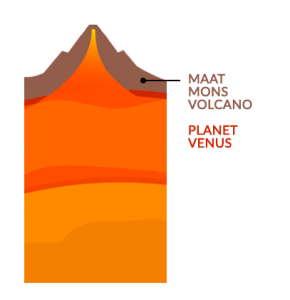
Venus has volcanoes but not too many. Its craters show signs of flooding of lava. For example, Maat Mons volcano is 8 kilometers high.
But Venus has no sign of plate tectonics. Because Venus doesn’t have water, that means it doesn’t have an asthenosphere. It was the asthenosphere that was vital to plate tectonics.
The asthenosphere is the plastic layer that provides the lubrication in the mantle to allow the stiffer plates to move over. Without water, there’s no asthenosphere. Without an asthenosphere, no plate tectonics.
10. There’s little chance of life on Venus
There is very little possibility that Venus could harbor life. This is primarily because it doesn’t have liquid water and its close proximity to the sun.
It’s scorching hot so no humans have ever attempted to land on Venus. The pressure is intense and the gas would suffocate humans any human.
Despite clouds made of sulfuric acid, there are microbes capable of sustaining in these extreme conditions. So, there’s still a small possibility that life exists on Venus.
Billions of years ago, Venus may have had ideal conditions for life to flourish. For example, it may have had cooler temperatures to sustain liquid water on its surface.
Quick facts about Venus
NASA has a great list of facts about Venus. Here’s a quick list of Venus facts:
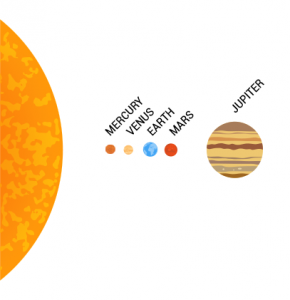
- Moons: 0
- Crust: 50 km thick
- Mantle: 3000 km thick
- Distance from the sun: 108,200,000 km
- Surface area: 460,200,000 km2
- Mercury, Venus, Earth, and Mars are terrestrial planets
- Surface temperature: 460°C
Additional Resources
NASA Solar System Exploration – Venus In Depth
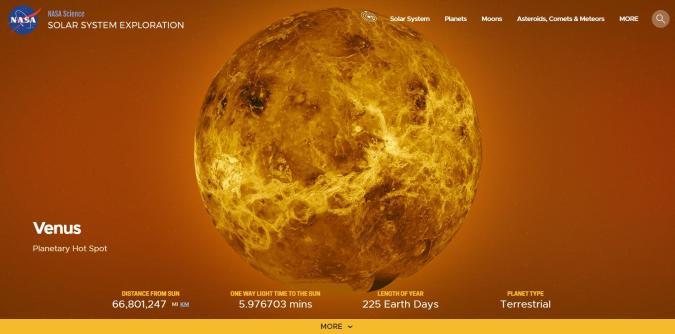
When it comes to describing the solar system in depth, NASA embraces the art and science of laying a solid foundation.
If you want facts about Venus, check out NASA’s overview of Venus.
It contains a goldmine of information about Venus. For example, it has all the latest galleries, news, and in-depth metrics.

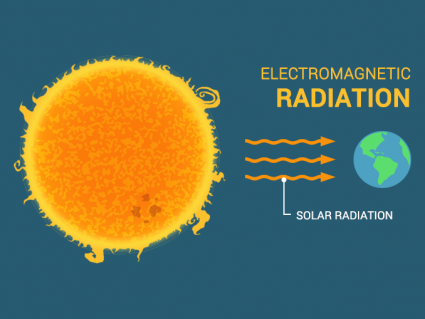
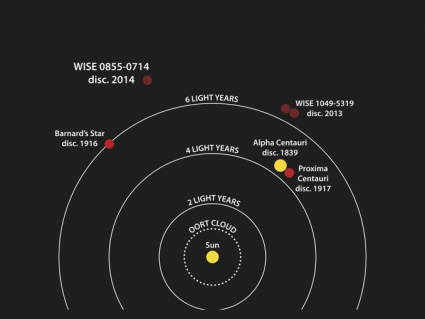
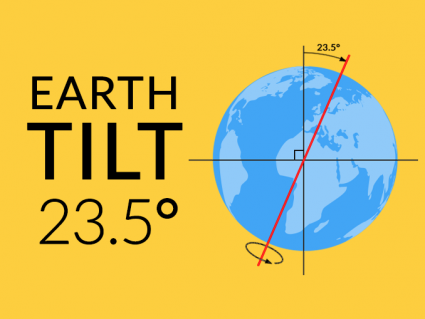
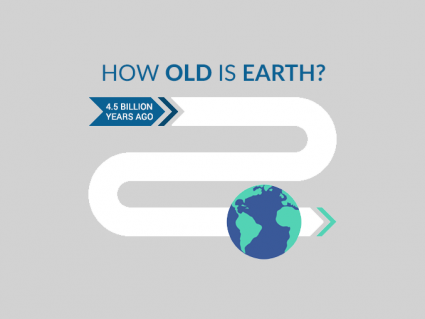
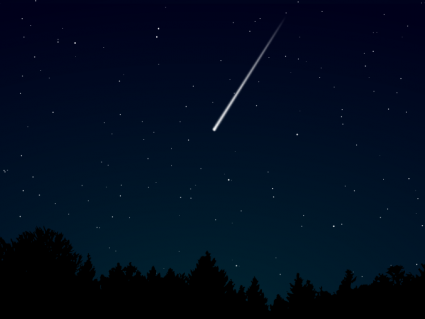
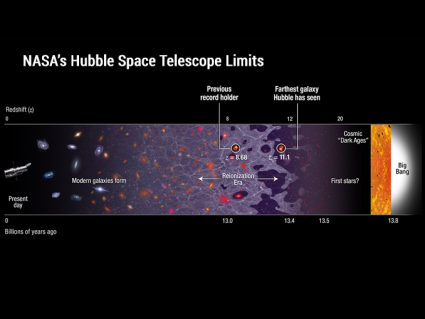
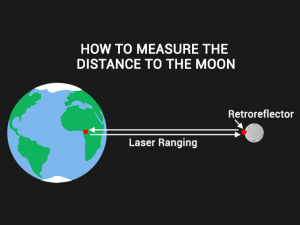
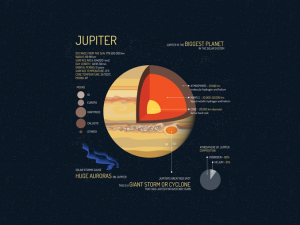
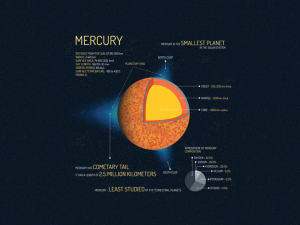
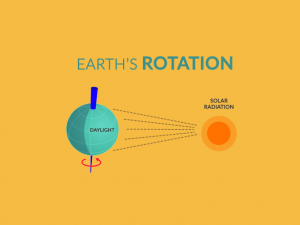

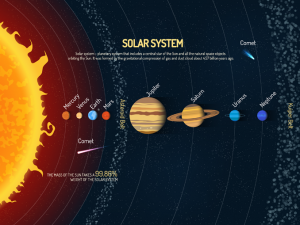
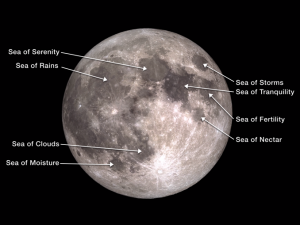
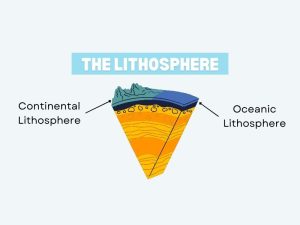
The information was great